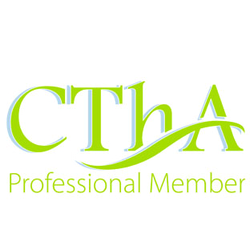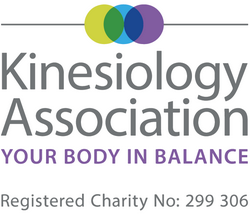Yoga - Hatha & Vinyasa
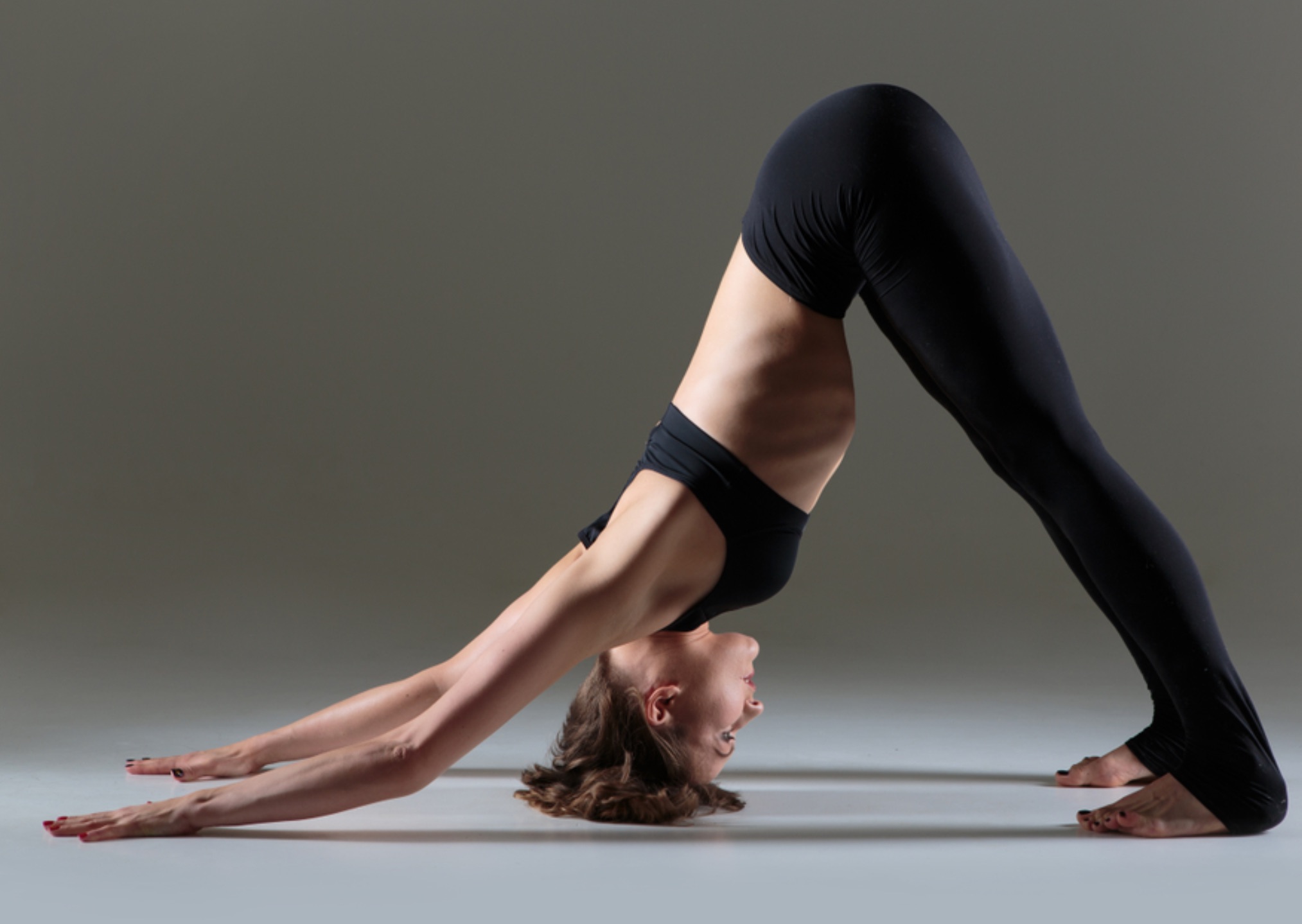
Yoga
Those who wish to develop their natural wellbeing may find yoga therapy a useful route. Yoga therapy is taught by yoga teachers with additional training and experience in the therapeutic adaptation and application of yoga. People may be taught one-to-one or in a therapy group setting.
Yoga therapy may help with many issues and can be appropriate for a wide range of ages and lifestyles as well as those looking for a healthier way of life. All that is needed from the participant is the desire to help her or him and the willingness to practise regularly.
Through practising a yoga therapy programme the participant may, for example, become more aware of posture and breathing. She/he may also find regular practice can help to promote relaxation, aid sleep and relieve tension; it may help to contribute to an increased sense of wellbeing and a positive mood.
In a typical first yoga therapy session the yoga therapist will take a medical history. The body, posture, simple movements and the breath may be observed and issues and concerns discussed. Working with yoga therapeutically is about the whole person.
The yoga therapist will then assess how yoga therapy may help before planning and teaching a practice tailored to the needs of that individual. Practices may include one or more of a range of techniques such as posture work, breathing, and relaxation, working with sound, reflection, and/or meditation. A number of sessions are likely to be needed to confirm safe and appropriate practice.
Hatha Yoga
Hatha yoga is a generic term that refers to any type of yoga that teaches physical postures. Nearly every type of yoga class taught in the West is Hatha yoga. When a class is marketed as Hatha, it generally means that you will get a gentle introduction to the most basic yoga postures. You probably won't work up a sweat in a hatha yoga class, but you should end up leaving class feeling longer, looser, and more relaxed.
Vinyasa Yoga
Vinyasa (pronounced "vin-yah-sah") Yoga is a Sanskrit word for a phrase that roughly translates as "to place in a special way," referring in hatha yoga to a sequence of poses. Vinyasa classes are known for their fluid, movement-intensive practices. Vinyasa teachers sequence their classes to smoothly transition from pose to pose, with the intention of linking breath to movement, and often play music to keep things lively. The intensity of the practice is similar to Ashtanga, but unlike Asthanga that always performs the exact same poses in the exact same order, no two Vinyasa classes/sessions are the same.
Related Pages
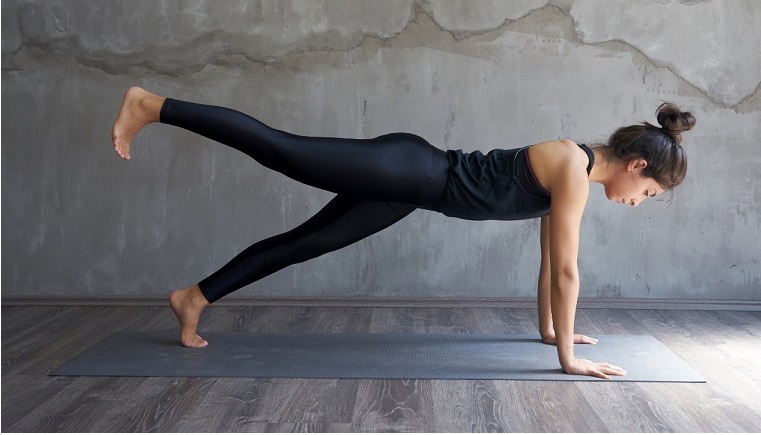
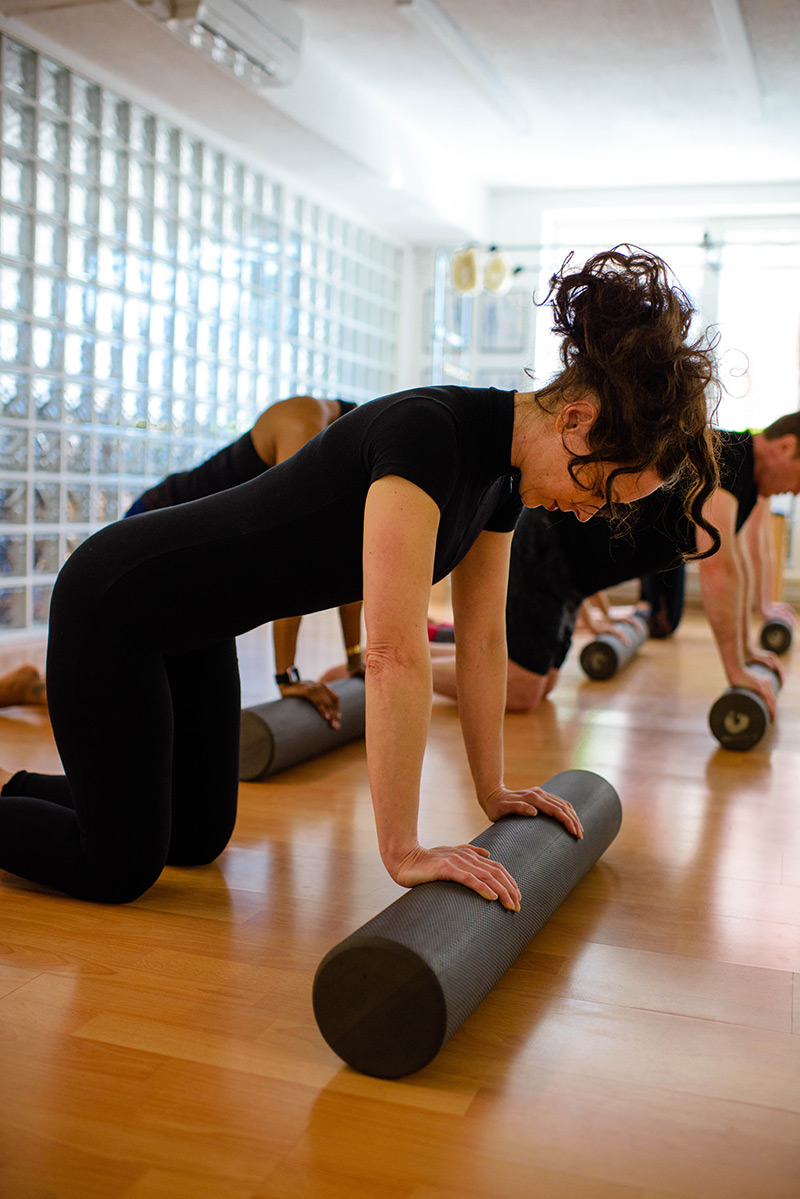
Related Pages
Pilates Somatic Movement
Somatic Movement

What I Do
Soma-Body-Mind Approach Physical-Structural Bodywork
Physical-Structural Bodywork
 Emotional-Mental Techniques
Emotional-Mental Techniques

Next Previous Blog/News
I heard that some people don't know what to do with all the time on their hands during this "stay home, stay safe" period. Others have begun amazing new hobbies or are running around with their hair on fire juggling work from home, homeschooling, hom...
Next Previous Testimonials
"I suffer from a long-term sciatic problem that is severe and causes a good deal of pain. I have been working with Sonia for three months and my core strength has improved, as has all the muscle strain around the weak part of my spine. My osteopath says that he feels a real improvement. I love my sessions with Sonia, they are always varied and especially tailored to fit my very particular needs. She is thorough, kind and attentive. I have recommended her widely and will continue to do so." Jennifer S
"I have always been very active having played a number of sports to a very high standard. My focus has always been on strength and fitness and I realised after a couple of minor injuries that I had neglected some key principles. Working with Sonia was of course very different to working out in a gym or to any other training regime I had been involved in but it has so far had a huge impact on everything that I do - from walking to the tube and avoiding recurring foot injuries to my posture at work and also in the gym. I have learnt things about my body that I never knew and I now wish I had known before. I thought her style of pilates would be interesting and a change from my normal workouts but it has had a much deeper impact than I could have imagined. I now know so much more about my body and can put that knowledge to use in my workouts and everyday fitness regime. Just because you go to the gym 3 times a week does not mean you don't "need" Sonia - in fact I would suggest the opposite. In addition to this, on a personal level, Sonia always makes her sessions interesting. She is an interesting and engaging person who will make an introduction to Pilates Yoga or Somatic Movement a most worthwhile experience and even experts will benefit from her broad knowledge about the body and the mind. I couldn't recommend Sonia more highly to everyone, of all ages and all levels of fitness and experience." Graham H



